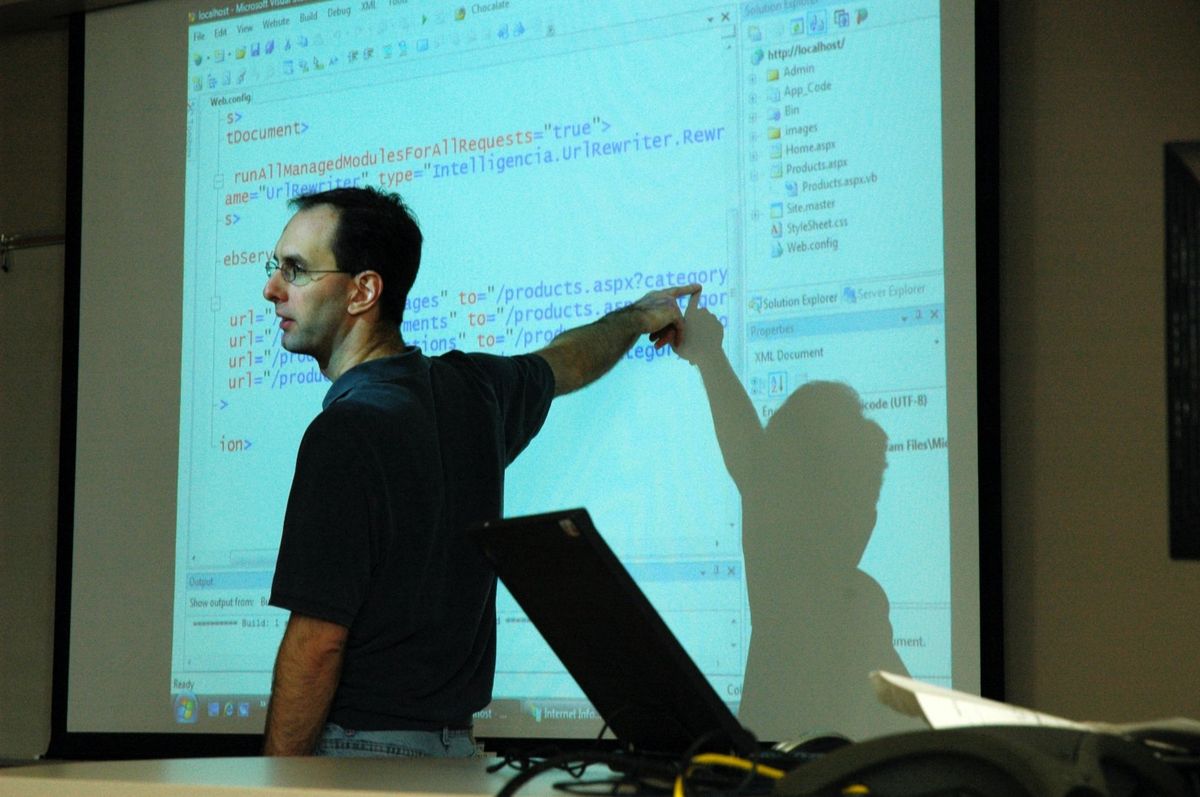The AMO theory: Solving the Black Box Problem for Data Scientists

Originally published here
When you have to explain how and why people behave in a certain way
In data science, we often want to test input or stimulus and see if that will have an impact on the outcome. But the black box problem sits in between to explain why the input has an impact on the outcome. AMO theory is a great way to solve this problem because AMO factors are thought of as a model for explaining the mechanism for predicting the outcome. AMO theory can be applied in many different areas such as human resource management (HRM), marketing, law enforcement, etc. In this blog, I will explain briefly what the theory is about and how it can be used in data science projects.
1. What is the AMO theory
The AMO stands for Ability, Motivation, and Opportunity. I learned about this theory while doing my PhD in human resource management. The theory was developed by combining extensive research done by industrial psychologists and social psychologists to understand the factors involved in employee performance.
In brief, AMO suggests that performance is a function of ability (training and selection), motivation (incentives and feedback), and opportunity (environment). These three factors affect employee performance. Often HRM researchers consider the AMO theory to explain the linkage between HRM practices and employee performance, concluding that HRM practices should be aligned to support and increase employees’ ability, motivation, and opportunity to perform for an increase in return for investment toward HRM programs.
2. What is the black box problem in data
Let’s say you are given a dataset to see if you can build a model to predict an outcome, a typical regression modeling. Often we throw in a bunch of IVs and see if they predict the outcome. Let’s say you tweaked the model to get up the accuracy level up to an acceptable level. While presenting the results to the executives, someone asks how do you know that works or how do you know those factors directly impact/predict the outcome(s). At this point, you might be in trouble. You struggle to explain how the IVs impact the DV(s) and why they work because oftentimes we don’t know how to explain things like that when dealing with black-box problems in data science. It is a black box problem for data scientists because it can’t be easily measured directly but only inferred through observable behavior such as sales or an exam score.
3. How AMO Theory can solve this problem
Obviously, there are many types of data science projects. But for this theory, let’s focus on looking at building a model to predict human behavior.
Here are three examples of how the AMO theory can be used for your modeling.
Example 1: Human resource management and HR Analytics
As I described above, the AMO theory is commonly accepted as the answer to the black box problem in the HRM area. If you are looking into a set of inputs (e.g. HR practices, how much to invest towards training, restructuring,….) to predict the performance improvement gains, the AMO theory can guide you in explaining how those inputs can impact the performance. Does an input or a stimulus address the ability, motivation, or opportunity for the employees to perform? For motivation, are you looking to create an intrinsic or extrinsic motivation? What’s the impact of replacing full-time staff with short-term contractors?
Example 2: Marketing and sales
If you are trying to understand how and why someone is buying your product, the AMO theory could also lend you a hand. Does your model identify the potential buyers’ ability to purchase? Does the proposed marketing campaign stimulate the right people’s motivation to purchase? Are you taking a count of the right customers being at the right place to make the purchasing decision? Understanding these AMOs will help you to design a data science product and service that can maximize the impact of your marketing investment.
Example 3: Likelihood of someone committing a crime.
I personally have used this approach in a similar area recently. If you were given a project to predict the likelihood of someone committing a crime, AMO theory can guide you in explaining how those inputs would affect the likelihood of that person executing on their criminal intent. Does your model identify the potential criminals’ ability to commit? For motivation, are they motivated by financial gain or revenge? Are they living in an environment where it’s easy for them to get away with what they want (e.g., escape route planned)? Categorizing your IVs by these components helped me increase the accuracy as well as the explainability.
Again, these are interesting data science problems and I have on numerous occasions come back to the AMO theory as a guidance and a way to explain the results why and how people behave in a certain way. When it comes to big data analytics or machine learning models remember that you are not just trying to predict what is going on with your customers; you want to be able to explain your model to non-data folks. That’s where this theory can help make sense of all those boxes and arrows. Leave comments below if you find this article helpful.



Comments ()